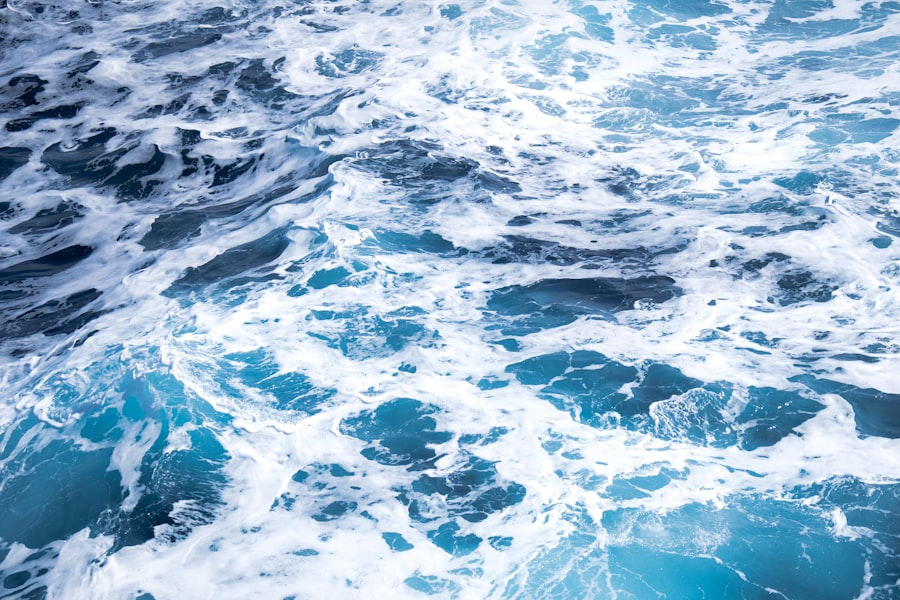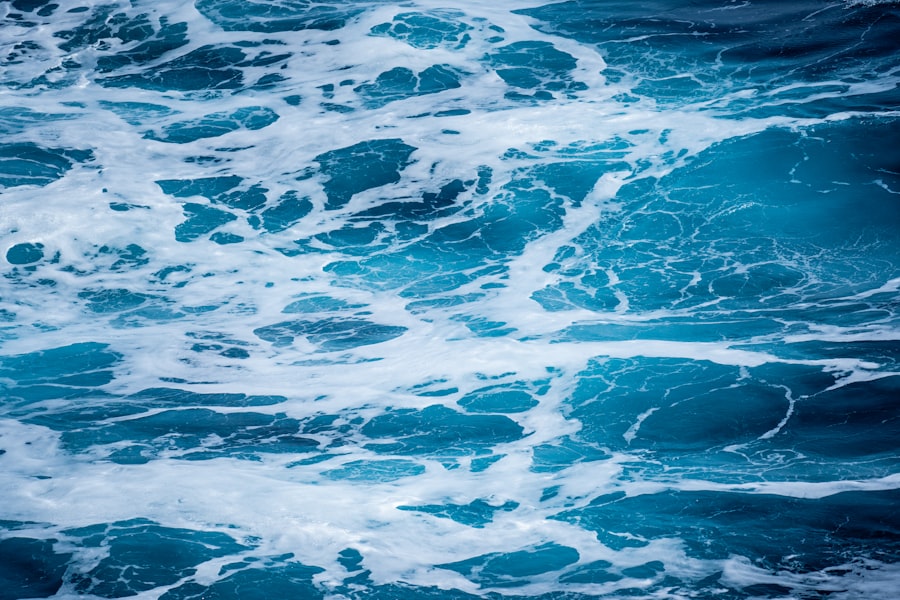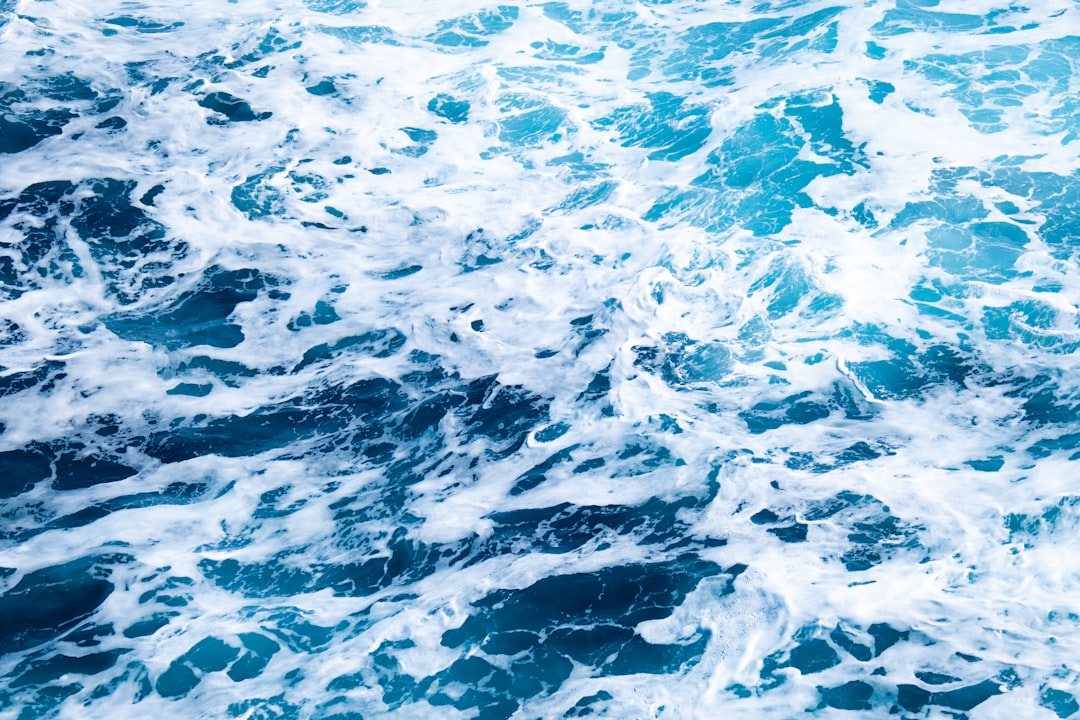The Drake Passage, a body of water that separates South America from Antarctica, is renowned for its tumultuous seas and unpredictable weather. Named after the English explorer Sir Francis Drake, who navigated these waters in the late 16th century, the passage has become a focal point for adventurers, researchers, and maritime enthusiasts alike. Stretching approximately 600 miles, it serves as a critical route for vessels traveling between the Atlantic and Pacific Oceans.
The Drake Passage is not merely a geographical feature; it embodies the spirit of exploration and the challenges that come with venturing into the unknown. Navigating the Drake Passage is often considered a rite of passage for sailors and adventurers. The waters are notorious for their rough conditions, which can change rapidly, making it both a daunting and exhilarating experience.
For many, crossing this passage is a testament to their skills and resilience. The allure of the Antarctic landscape, combined with the thrill of navigating one of the world’s most challenging maritime routes, draws countless individuals to embark on this journey each year.
Key Takeaways
- The Drake Passage is a treacherous body of water located between South America’s Cape Horn and the South Shetland Islands of Antarctica.
- The geography and climate of the Drake Passage are characterized by strong winds, rough seas, and unpredictable weather patterns, making it one of the most challenging maritime routes in the world.
- The historical significance of the Drake Passage is tied to its role in the exploration of Antarctica and the early expeditions to the South Pole.
- Navigating the Drake Passage presents numerous challenges and hazards, including icebergs, strong currents, and extreme weather conditions.
- Proper planning, navigation equipment, and emergency protocols are essential for ensuring a safe passage through the Drake Passage.
Understanding the Geography and Climate of the Drake Passage
The geography of the Drake Passage is characterized by its deep waters and strong currents, which are influenced by the confluence of the Atlantic, Pacific, and Southern Oceans. This unique positioning creates a dynamic marine environment that is both rich in biodiversity and fraught with challenges. The passage is flanked by the rugged coastlines of Cape Horn to the north and the Antarctic Peninsula to the south, creating a funnel effect that intensifies wind and wave action.
The depth of the passage varies significantly, with some areas plunging to over 3,000 meters, contributing to its unpredictable nature. The climate in the Drake Passage is equally formidable. It is known for its extreme weather conditions, which can shift from calm to stormy in a matter of hours.
The region experiences strong winds, often exceeding 50 knots, and heavy seas that can reach heights of 30 feet or more. These conditions are primarily driven by the Antarctic Circumpolar Current, which flows continuously around Antarctica and influences weather patterns across the globe. Sailors must be prepared for sudden changes in temperature and visibility, as fog and rain can obscure navigation routes at any moment.
Historical Significance of the Drake Passage

The historical significance of the Drake Passage cannot be overstated. It has served as a vital maritime route since the age of exploration, facilitating trade and communication between continents. Sir Francis Drake’s circumnavigation of the globe in the late 1500s marked one of the first recorded passages through these treacherous waters.
His journey not only demonstrated the potential for maritime exploration but also highlighted the strategic importance of this route for future explorers and traders. Throughout history, many notable figures have traversed the Drake Passage, each contributing to its rich narrative. The passage became a key route during the Gold Rush era when prospectors sought fortune in California and Alaska.
Ships laden with goods and hopeful adventurers braved its waters, often facing perilous conditions. The legacy of these early navigators continues to resonate today, as modern explorers seek to honor their spirit while navigating the same challenging waters.
Challenges and Hazards of Navigating the Drake Passage
| Challenges and Hazards of Navigating the Drake Passage |
|---|
| Strong winds |
| High waves |
| Rapidly changing weather |
| Narrow passage |
| Potential icebergs |
| Seasickness |
Navigating the Drake Passage presents numerous challenges that can test even the most experienced mariners. One of the primary hazards is the unpredictable weather, which can change rapidly from calm to violent storms. Sailors must remain vigilant and adaptable, as conditions can deteriorate without warning.
The combination of high winds and large swells creates a treacherous environment that can lead to capsizing or loss of control if not managed properly. In addition to weather-related challenges, navigators must also contend with icebergs and floating debris that can pose significant risks to vessels. The presence of icebergs is particularly concerning for ships traveling close to Antarctica, where they can be difficult to spot until it is too late.
Mariners must employ advanced navigation techniques and maintain constant vigilance to avoid collisions. Furthermore, strong currents can complicate navigation efforts, making it essential for sailors to have a thorough understanding of local tides and currents.
Tips for Planning a Safe Passage
Planning a safe passage through the Drake Passage requires careful preparation and foresight. First and foremost, sailors should conduct thorough research on current weather patterns and forecasts before embarking on their journey. Utilizing reliable meteorological resources can provide valuable insights into expected conditions, allowing navigators to make informed decisions about when to set sail.
Additionally, it is crucial to ensure that all safety equipment is in proper working order before departure. This includes life jackets, flares, emergency beacons, and communication devices. Having a well-stocked emergency kit on board can make a significant difference in case of unforeseen circumstances.
Importance of Proper Navigation Equipment

Proper navigation equipment is essential for successfully traversing the Drake Passage. Modern technology has significantly improved navigational capabilities, allowing sailors to access real-time data on weather conditions, sea currents, and potential hazards. GPS systems provide accurate positioning information, while radar can help detect nearby vessels and obstacles in low visibility situations.
In addition to electronic navigation tools, traditional methods such as charts and compasses remain invaluable for mariners navigating these challenging waters. Understanding how to interpret nautical charts is crucial for identifying safe routes and avoiding dangerous areas. Sailors should also be familiar with celestial navigation techniques as a backup in case electronic systems fail or become unreliable.
Wildlife and Natural Wonders of the Drake Passage
The Drake Passage is not only known for its challenging navigation but also for its rich biodiversity and stunning natural wonders. It serves as a vital habitat for various marine species, including whales, seals, and seabirds. The nutrient-rich waters support an abundance of krill, which forms the foundation of the food chain in this region.
As a result, sightings of humpback whales, orcas, and albatrosses are common among those who venture through these waters. The breathtaking landscapes surrounding the Drake Passage further enhance its allure. Towering icebergs and dramatic cliffs create a striking contrast against the deep blue sea.
The sight of glaciers calving into the ocean or penguins waddling along icy shores captivates those fortunate enough to witness these natural wonders firsthand. For many adventurers, encountering wildlife in its natural habitat adds an unforgettable dimension to their journey through this remarkable passage.
Strategies for Dealing with Rough Seas and Storms
Dealing with rough seas and storms in the Drake Passage requires skillful seamanship and preparedness. One effective strategy is to adjust sailing techniques based on current conditions. For instance, reducing sail area during high winds can help maintain control and stability while minimizing the risk of capsizing.
Additionally, navigating at an angle to incoming waves can reduce the impact on the vessel and enhance overall safety. Communication among crew members is vital during turbulent conditions. Establishing clear roles and responsibilities ensures that everyone knows what to do in case of an emergency.
Regular drills can help familiarize crew members with safety protocols and improve their response times during crises. Moreover, maintaining a calm demeanor can help alleviate anxiety among crew members, fostering a sense of teamwork that is essential for overcoming challenges at sea.
Emergency Protocols and Safety Measures
Establishing comprehensive emergency protocols is crucial for ensuring safety while navigating the Drake Passage. Before setting sail, crews should conduct thorough safety briefings that outline procedures for various emergency scenarios, such as man overboard situations or equipment failures. Familiarizing all crew members with emergency exits and safety equipment locations can save valuable time during critical moments.
In addition to training crew members on emergency protocols, having a well-defined communication plan is essential for coordinating responses during crises. This includes establishing contact methods with nearby vessels or rescue services if needed. Regularly testing communication equipment ensures that it functions properly when it matters most.
By prioritizing safety measures and preparedness, crews can significantly reduce risks associated with navigating this challenging passage.
Testimonials and Experiences from Seasoned Navigators
Seasoned navigators often share their experiences crossing the Drake Passage as both harrowing and exhilarating adventures. Many recount tales of battling fierce storms while feeling an overwhelming sense of accomplishment upon reaching calmer waters. These stories highlight not only the physical challenges faced but also the emotional resilience required to navigate such treacherous seas.
One experienced sailor described their first crossing as a transformative experience that deepened their appreciation for nature’s power. They recounted moments of awe while witnessing massive waves crashing against their vessel alongside breathtaking views of icebergs glistening in sunlight. Such testimonials serve as reminders that despite its dangers, navigating the Drake Passage offers unparalleled opportunities for personal growth and connection with the natural world.
The Rewards of Successfully Navigating the Drake Passage
Successfully navigating the Drake Passage is an achievement that brings immense rewards to those who undertake it. Beyond overcoming physical challenges lies a profound sense of accomplishment that comes from conquering one of nature’s most formidable maritime routes. The journey offers not only breathtaking views but also opportunities for personal reflection and growth amid awe-inspiring landscapes.
For many adventurers, crossing this passage becomes a defining moment in their lives—a testament to their courage and determination in facing adversity head-on. The memories forged during this journey often linger long after returning home, inspiring future explorations and adventures on the high seas. Ultimately, while navigating the Drake Passage may be fraught with challenges, it also promises unparalleled rewards for those willing to embrace its wild beauty.
The Drake Passage, a significant body of water connecting the Atlantic and Pacific Oceans, is renowned for its challenging navigation conditions and rich marine biodiversity. For those interested in exploring more about the geographical and historical significance of this treacherous yet fascinating part of the ocean, a related article can be found on MyGeoQuest. This article delves into the unique features and the ecological importance of the Drake Passage, providing insights into why it remains a critical area for scientific research and maritime exploration. To read more, visit the article on MyGeoQuest.
WATCH NOW! Drake Passage: Earth’s Deadliest Waters Revealed
FAQs
What is the Drake Passage?
The Drake Passage is a body of water located between the southern tip of South America and the northern tip of the Antarctic Peninsula. It connects the Atlantic and Pacific Oceans.
Why is the Drake Passage significant?
The Drake Passage is known for its rough seas and strong winds, making it one of the most challenging and unpredictable waterways for sailors and explorers. It is also a major conduit for the flow of the Antarctic Circumpolar Current, which plays a crucial role in global ocean circulation.
What is the weather like in the Drake Passage?
The weather in the Drake Passage is characterized by strong winds, high waves, and rapidly changing conditions. It is notorious for its stormy and unpredictable nature, with the potential for extreme weather events.
What wildlife can be found in the Drake Passage?
The Drake Passage is home to a diverse range of marine wildlife, including various species of whales, seals, and seabirds. It is also a popular area for birdwatching, with numerous species of albatross and petrels frequenting the region.
Are there any human settlements in the Drake Passage?
No, the Drake Passage is uninhabited by humans. It is primarily used for scientific research, tourism, and as a transit route for ships traveling to and from Antarctica.
